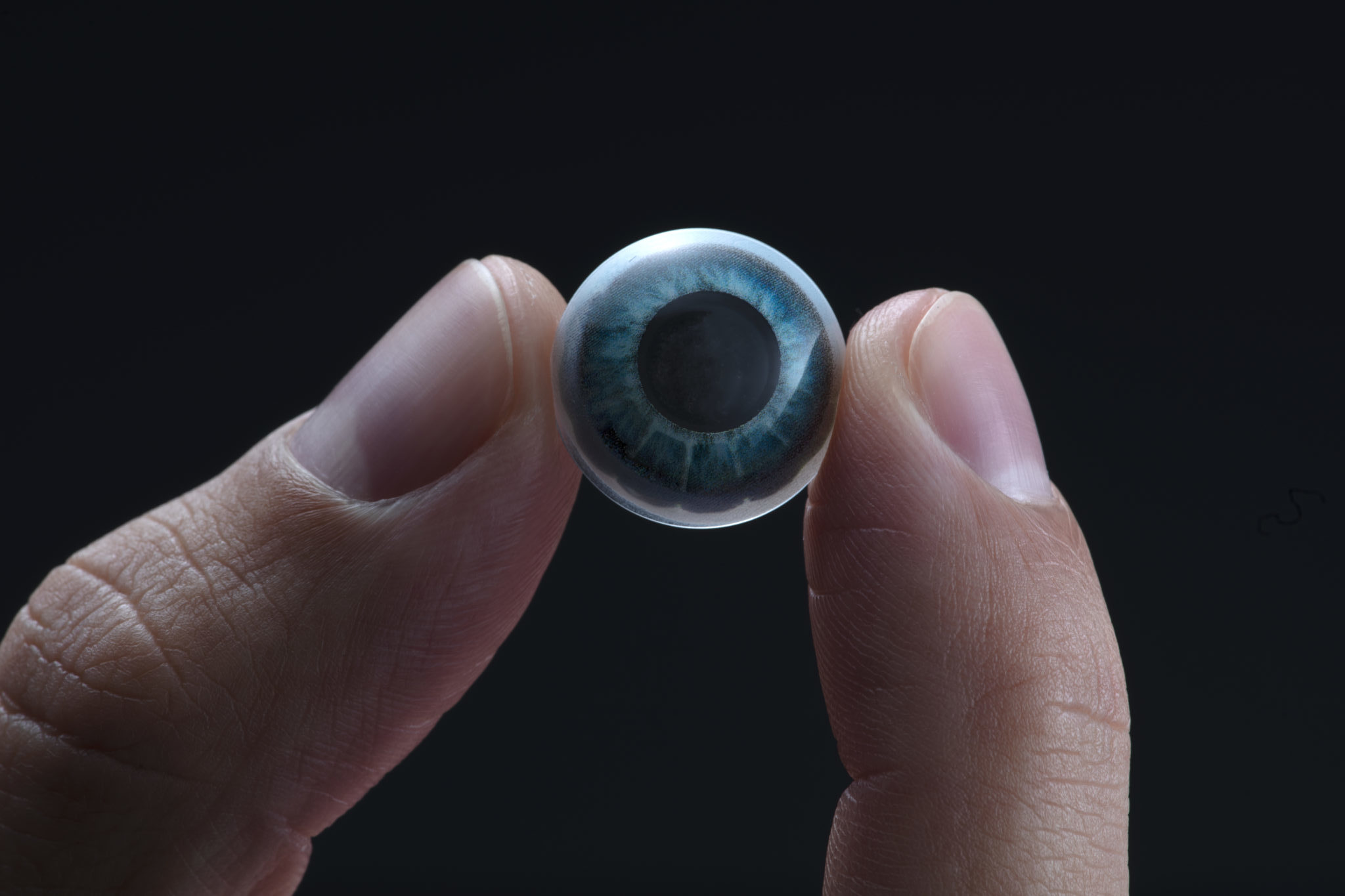
October 7, 2020 – Mojo Vision, developers of the ‘Mojo Lens’ augmented reality (AR) smart contact lens, has recently announced that it has been named a winner by NASA iTech for 2020 Cycle I. Mojo presented its technology to NASA Center Chief Scientists and Technologists at a virtual event held from October 1-2 and was chosen as one of three winners at the end of the event alongside Amalgamated Vision and Otolith Labs.
The three winners will receive ongoing mentorship from NASA experts as well as guidance to help commercialize technology that could benefit future space exploration missions such as the Artemis (Moon to Mars) Program. They will also receive additional exposure to financial and strategic investors who fund space exploration technologies.
“We’re thrilled to have been selected among the winners of NASA iTech’s 2020 Cycle I program,” said Drew Perkins, CEO and Co-founder of Mojo Vision. “This is an opportunity that not many tech startups get to experience, and it’s exciting to know that our technology could one day be used during future NASA missions. We still have plenty of work to do in the development of Mojo Lens, but our selection by NASA demonstrates a clear desire for innovation in augmented reality and heads-up computing, particularly for space exploration.”
Mojo Vision is developing its Mojo Lens, an AR smart contact lens with a form factor that fits inside the Artemis xEMU space suit helmet. The company states that its technology overlays images, symbols and text on a user’s natural field of vision without obstructing their view or restricting mobility. Mojo Vision refers to the eyes-up, hands-free experience as “Invisible Computing”. By enabling users to focus on the task in front of them and not on distracting devices, the technology could be a critical resource in addressing challenges for future exploration missions to the Moon and Mars, according to the company.
NASA iTech identifies and searches for cutting-edge technologies that solve problems here on Earth, but also have the potential to address challenges facing the exploration of Mars and the Moon. There are two NASA iTech cycles per calendar year, each with its own focus areas and culminating in a Forum event. For the 2020 Cycle I, innovators worldwide submitted entries related to the following technology areas: artificial intelligence and machine learning, biotechnology, system autonomy, and advanced manufacturing. A fifth area, X-factor innovations, drew entries for other technologies that could impact space exploration, even if the idea does not fall neatly into another category.
According to Mojo Vision, NASA iTech’s approach does not involve the giving of government funds, nor does it see NASA take ownership of applicants’ intellectual data. Instead, NASA iTech is in place to support early, independent innovation. Since its creation three years ago, companies and innovators that have participated in NASA iTech have gone on to leverage USD $500 million in private investments. The program has also helped NASA expand its list of technologies that offer the potential for use for future missions.
Of the other winners of the NASA iTech 2020 Cycle I, Amalgamated Vision operates in a similar technological field to Mojo Vision, offering a virtual retinal display optical engine powered by laser light and the company’s proprietary pancake lens assembly, which it states will enable ultra-near-to-eye virtual retinal displays suitable for any XR format.
To read more about the NASA iTech 2020 Cycle I Winners and competing companies, click here. For more information on Mojo Vision and its Mojo Lens AR contact lens, please visit the company’s website.
Image credit: Mojo Vision
About the author
Sam is the Founder and Managing Editor of Auganix. With a background in research and report writing, he has been covering XR industry news for the past seven years.
